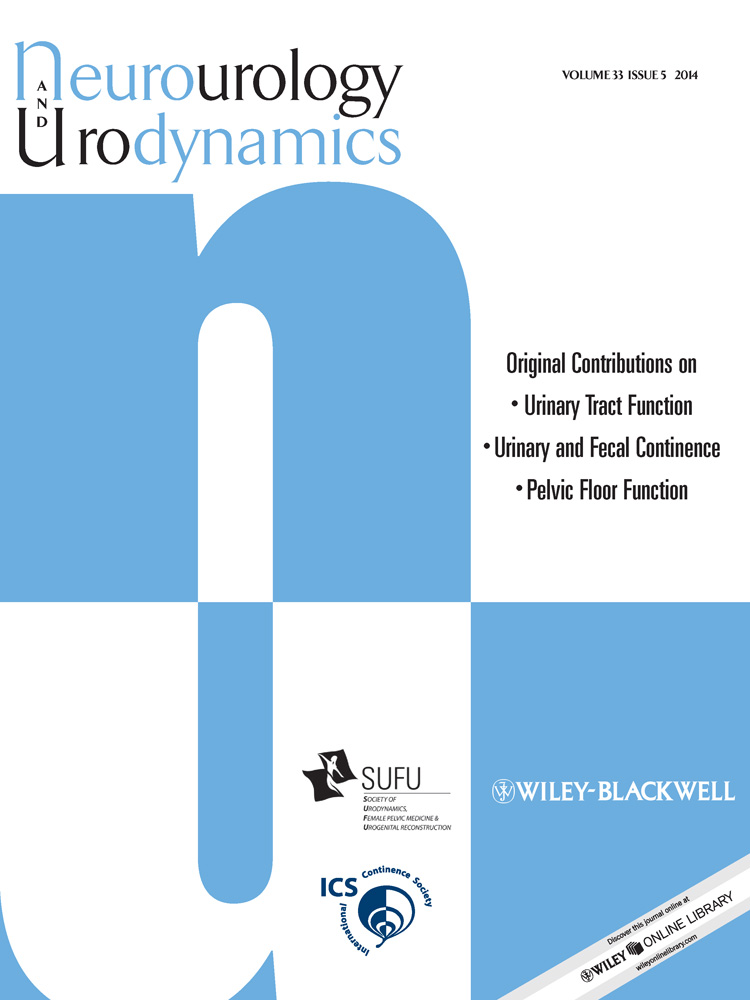Bladder pain syndrome/interstitial cystitis increase the risk of coronary heart disease
Abstract
Aim
Vascular factor was proposed as being involved in the etiology of bladder pain syndrome/interstitial cystitis (BPS/IC). However, few studies have attempted to investigate the relationship between BPS/IC and cardiovascular disease. This study aimed to investigate the risk of coronary heart disease (CHD) among BPS/IC subjects during a 3-year follow-up period.
Methods
Data for this retrospective matched-cohort study were retrieved from the Taiwan “Longitudinal Health Insurance Database 2000.” There were 752 BPS/IC female subjects in the study cohort and 3,760 randomly selected female subjects in the comparison cohort. We individually tracked each subject for 3 years and identified each subject that received a subsequent diagnosis of CHD during that follow-up period.
Results
Results showed that incidence rates of CHD during the 3-year follow-up period were 19.50 (95% confidence interval (CI): 14.35–25.95) and 8.87 (95% CI: 7.25–10.74) per 1,000 person-years for the study and comparison cohorts, respectively. The Cox proportional hazards regression suggested that the hazard ratio for CHD in subjects with BPS/IC was 1.65 (95% CI: 1.09–2.48) within the 3-year follow-up period following the index date compared to the comparison subjects after adjusting for monthly income, geographic region, hypertension, diabetes, hyperlipidemia, chronic kidney disease, bladder outlet obstruction, urinary tract infection, chronic pelvic pain, overactive bladder, and number of physician visits during the 3-year follow up period.
Conclusions
Our study demonstrated an association between BPS/IC and a subsequent CHD diagnosis. We advise clinicians to screen subjects with BPS/IC for modifiable risk factors for CHD. Neurourol. Urodynam. 33:511–515, 2014. © 2013 Wiley Periodicals, Inc.




